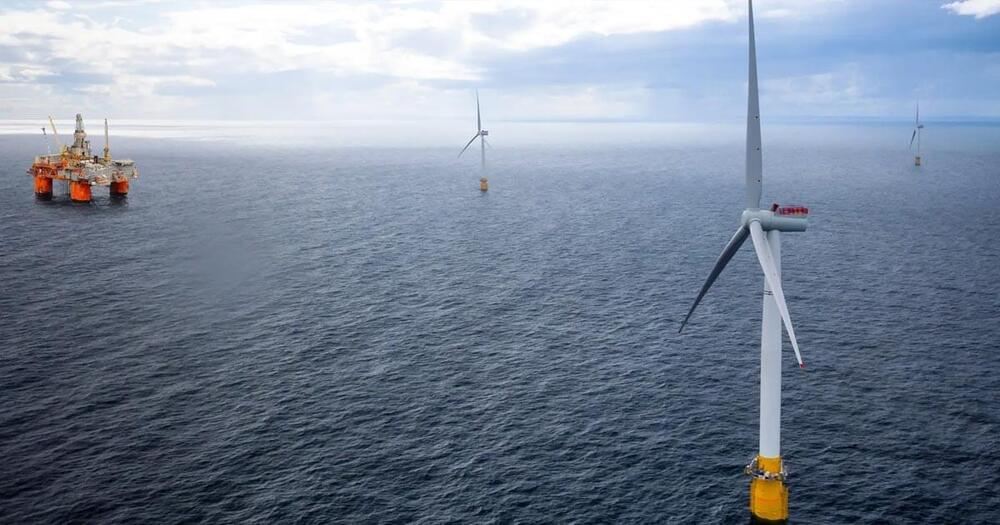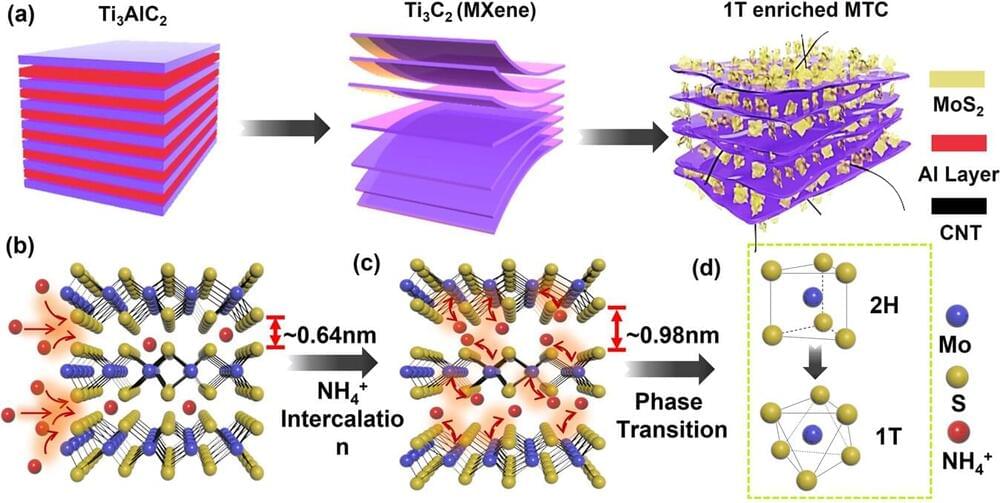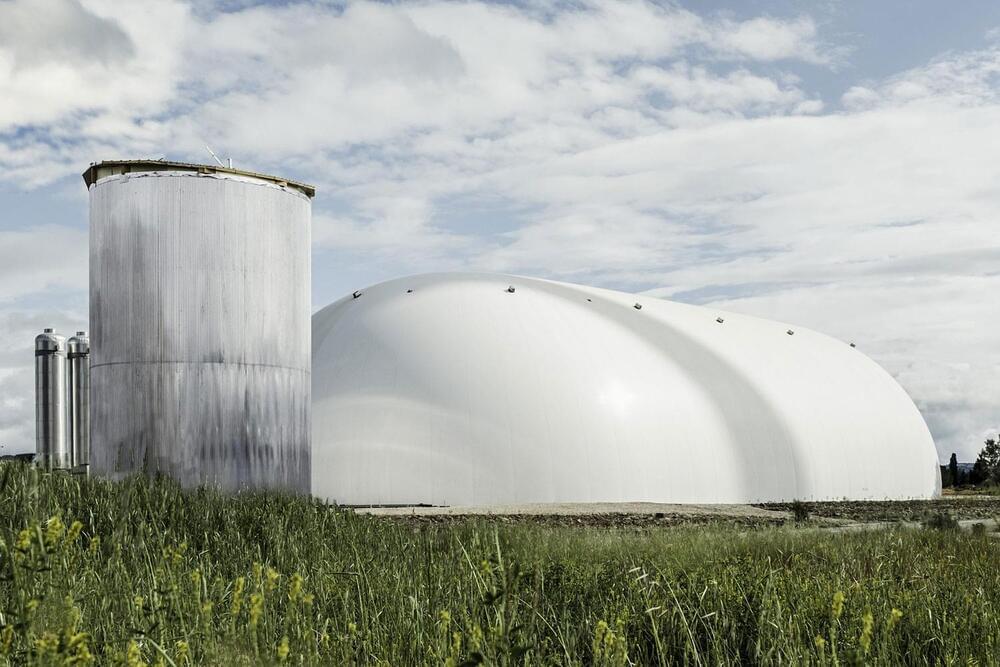Its aim is to do to the fossil fuel industry what the ban on tobacco ads has done to that industry.
Category: energy – Page 153
In a huge twist of irony, Norway is building the world’s largest wind farm — to power offshore oil and gas fields.
If you’re raising your eyebrows at this point, we are too.
The project called Hywind Tampen is set to be constructed and operated by Norwegian energy giant Equinor, who also happens to be drilling for oil and gas in the area.
There are a handful of ways to produce hydrogen fuel without emitting carbon into Earth’s atmosphere. One involves using electricity to split water into hydrogen and oxygen.
This method, known as electrolysis, requires a catalyst that speeds up chemical reactions that occur within hydrogen fuel cells.
More often than not, this electrocatalyst is platinum, a metal so rare that it’s typically more expensive than gold, which makes the production process more costly than traditional sources of renewable energy and fossil fuels.
Early experiences with the new Tesla Model Y with 4,680 cells and a structural battery pack are showing some impressive potential for faster charging and better energy density.
When Tesla delivered its first made-in-Texas Model Y vehicles, we noted that it was strange that Tesla didn’t reveal any details – like specs and pricing – about the new version of the electric SUV.
We learned a little more over the next few weeks. The new Texas-built Model Y Standard starts at $59,990, has a range of 279 miles, goes 0–60 mph acceleration in five seconds, and is equipped with a few new features, including a magnetic center console armrest and a parcel shelf. But we are more interested in the impact of the new battery cell and structural battery pack.
Why the Public Perception of Tesla is TOTALLY wrong:
Shared by Michael Michalchik.
Almost everything commonly told about Tesla is wrong! He didn’t invent AC, he didn’t battle Edison over AC vs. DC, he didn’t even have a rivalry with Edison, he didn’t want to give everyone free electricity and he wasn’t a Physics genius! Referencing primary sources I can show you why we have such a perverted view of Tesla’s real accomplishments and life.
According the company, this innovative system enables the detection of live objects behind walls at a distance of more than 50 meters.
Camero-Tech, a member of the SK Group and an Israeli developer, producer, and marketer of pulse-based UWB micro-power radar ‘Through Wall Imaging’ systems, announced the launching of its groundbreaking XaverTM LR40 (XLR40) system, which detects live objects behind walls at distances of over 50 meters.
Italian company Energy Dome has announced the successful launch of its first CO2 Battery facility in Sardinia, Italy. The milestone marks the final de-risking of the CO2 Battery technology as Energy Dome enters the commercial scaling phase, becoming the first commercial long-duration energy storage technology on the market offering a reliable alternative to fossil fuels for dispatchable baseload power globally.
The Energy Dome CO2 battery uses carbon dioxide to store renewable energy, such as solar and wind energy, over a long period and release it quickly. Energy Dome says the technology can be quickly deployed anywhere in the world at less than half the cost of similar-sized lithium battery storage facilities.
Energy Dome began its operations in February 2020 and has progressed from a concept to full testing at a multi-megawatt scale in just over two years. This successful launch is also in part due to the unique nature of Energy Dome’s process, which integrates known components in a novel industrial process based on a thermodynamic transformation of CO2.
Devices made of readily available oxide and carbon-based materials can produce clean hydrogen from water over weeks — according to new research (Nature Materials, “Long-term solar water and CO 2 splitting with photoelectrochemical BiOI–BiVO 4 tandems”).
The findings, co-led by Dr Virgil Andrei, a Research Fellow at St John’s College, University of Cambridge, with academics at Imperial College London, could help overcome one of the key issues in solar fuel production, where current earth-abundant light-absorbing materials are limited through either their performance or stability.
Multiple BiOI and BiOI-BiVO 4 pixels on a device. (Image: Dr Virgil Andrei)
Italian company Energy Dome has opened the first of its remarkable grid-level energy storage plants. These “CO2 batteries” can store renewable energy over long periods and release it quickly, at less than half the cost of big lithium batteries.
Large-scale energy storage is going to be required on an epic scale all round the world, as green energy begins to take over the world’s power supply. Renewable energy is often generated at times and places where it’s not needed, and a variety of grid-level storage technologies are jockeying for various energy market niches, each with their own strengths and weaknesses.
We took a close look at Energy Dome’s CO2 battery technology last July, but here’s the guts of it: carbon dioxide expands dramatically when it moves to a gaseous state from a liquid state, which it’ll only settle in under pressures at least five times higher than the Earth’s atmospheric pressure. How much does it expand? Well, at room temperature, 2.5675 litres of liquid CO2 kept at 56 atmospheres of pressure will expand into 1,000 litres of gaseous CO2. That’s a factor of nearly 400.








